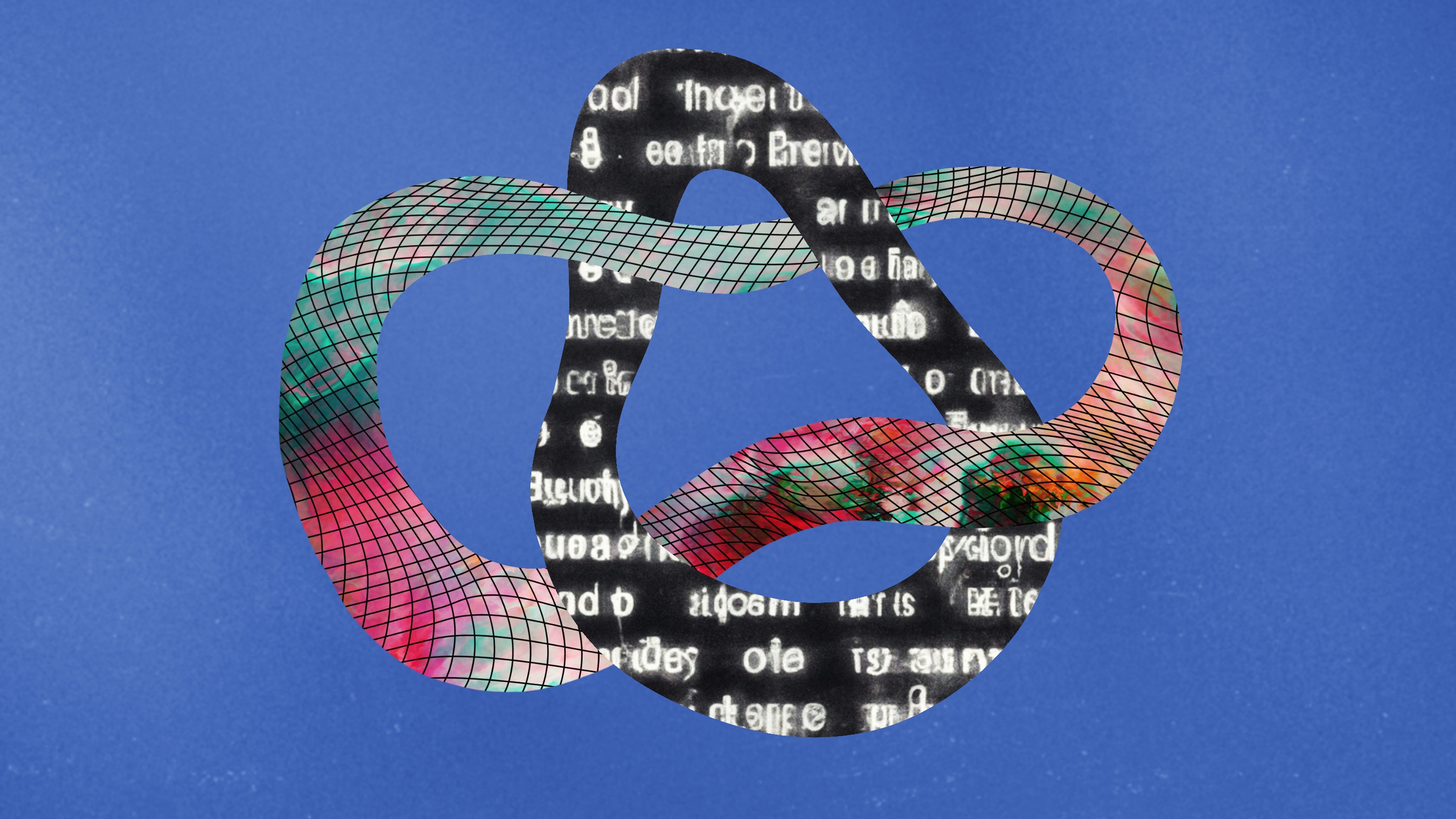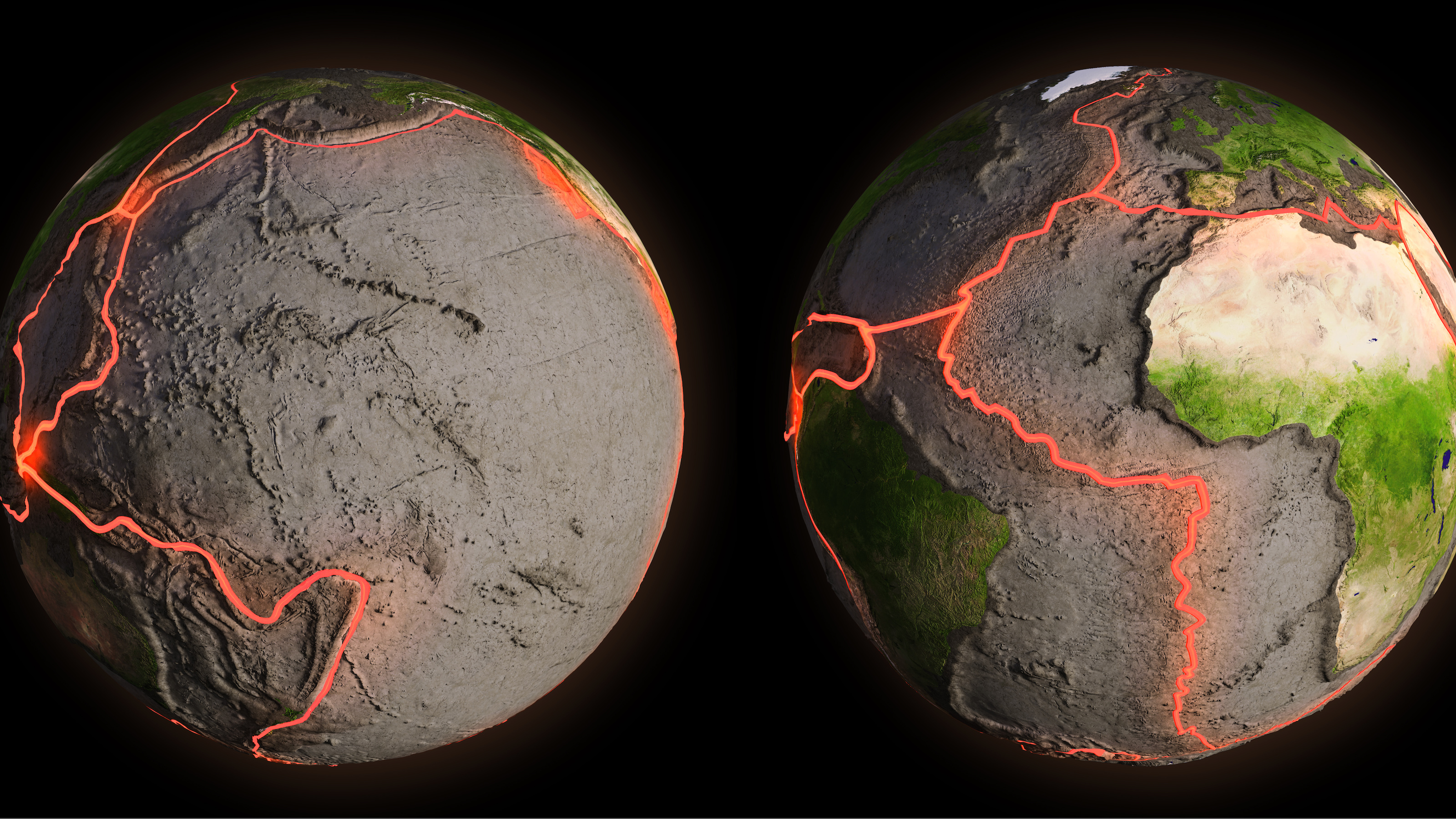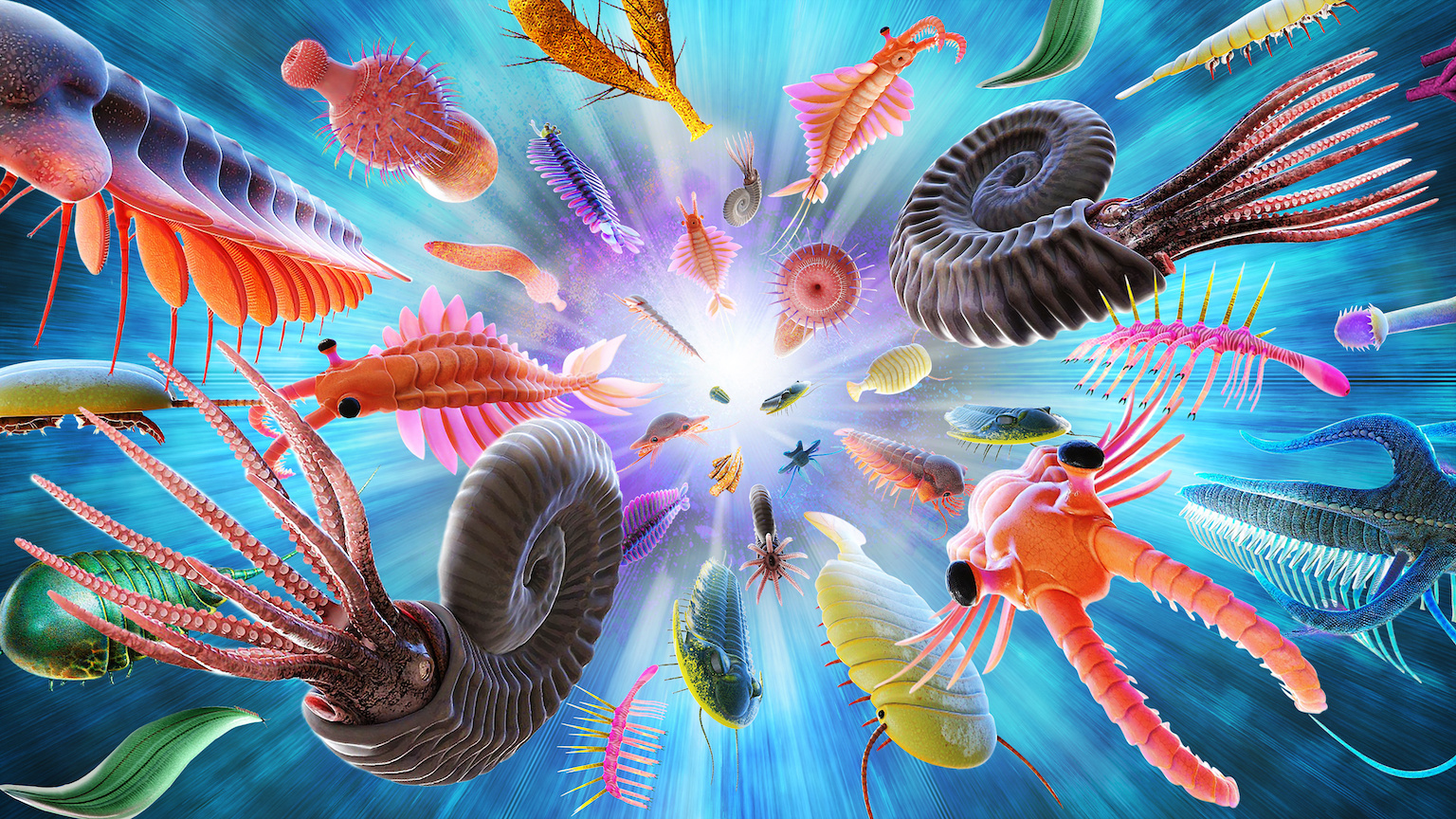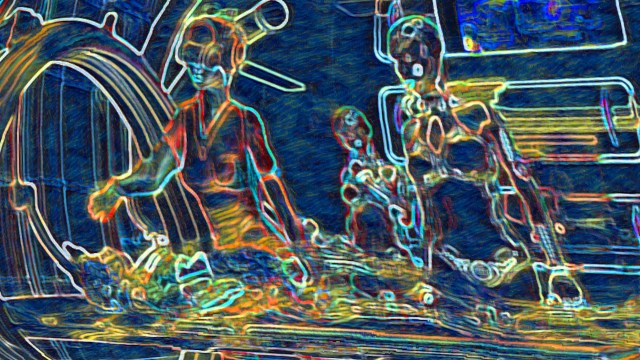Lifelike chemicals may hold the secret to the origin of life

- Since the Miller-Urey experiment of 1952, origin of life research has focused on what kind of environment could have given rise to biochemistry.
- New research encourages a shift to the qualities of “ante-life” — that is, non-living systems that behave in a “viable” manner that maintains and optimizes their existence.
- A focus on ante-life systems might help researchers escape the constraints inherent in origin of life studies.
The origin of life is one of the oldest, most important, and most vexing questions in science. How do a bunch of chemicals somehow combine to create a living, autonomous agent? While certain aspects of this problem, called abiogenesis, were fleshed out decades ago, the core question remains unanswered.
Solving the origin of life is essential — not just to understanding Earth’s history, but also to answering the greatest of all scientific questions: Are we alone? A recent paper offers a different account from the standard view seen in origin of life studies. By raising the issue of ante-life and the key concept of viability, it might offer us a new way to understand life itself.
Early Earth in a test tube
Ever since the brilliant Miller-Urey experiment in 1952, origin of life studies have focused on the critical role the environment played in getting life started. This focus goes back to the pioneering studies of J.B.S. Haldane and Alexander Oparin in the 1920s. The idea is that abiogenesis occurs when an environment such as a puddle of warm water on the early Earth allows life’s precursor chemicals to gather and then combine. If you can get all the basic elements of biochemistry in the same place and let them rattle around long enough, they should combine into a form that begins to self-replicate, a critical feature of life. In 1952, two chemists at the University of Chicago did exactly that. When Stanley Miller and Harold Urey simulated a version of the early Earth in a test tube, they found that amino acids, the building blocks of proteins, were easy to create.
The success of the Miller-Urey experiment led scientists to ask which kind of environment was best for getting biochemistry going. Some researchers focused on clays in shallow water. Others focused on icy environments, and many others focused on deep sea thermal vents. The arguments always hinged on why each environment would be best for building life’s molecular precursors and allowing them to collide enough to randomly assemble the first replicator molecules. Once replicator molecules appear they, well, replicate — filling the environment and eventually mutating in ways that can get Darwinian evolution started.
Survival before life itself
It is a great story, and lots of powerful insights have come from it. But in a recent paper called “Behavior and the Origin of Organisms,” lead author Matthew Egbert and his colleagues offer a different kind of story — a story of ante-life.
The “ante” in the paper’s proposal means antecedent. What the team wants us to focus on is the existence of physical and chemical systems that show intriguingly lifelike behaviors. Among these are some systems that the semantic information group of which I am a member plans to focus on, precisely to look at their “almost life” kinds of activities.
A specific example of a model ante-life system comes in what are called reaction-diffusion spots (also known as the Grey-Scott model). These happen when chemical A acts as a catalyst, transforming chemical B into more of itself. Both chemicals can diffuse, meaning if there is a high concentration of either A or B in some region of space, they tend to slowly disperse, like tea from a teabag sitting in hot water. The amazing thing about this system is that the reactions between them will tend to form highly concentrated spots of the chemicals. More complex patterns than just spots are possible, like rings or spirals. What really matters though is that if you change the concentration of the background chemical B, the patterns will move. The spots will change their positions in ways that optimize the chemicals’ existence.
The authors of the paper give a number of examples of systems like these that are nowhere close to being alive, yet still show what the authors call viability-based behavior. The systems will change their state — meaning they will move — in ways that ensure their own continuation. Movement enables continued existence.
How did agency emerge?
Of course, there is no intention here. The movement — or what we physicists call the dynamics — is all set by the physics or chemistry of the systems. But for Egbert and his co-authors, these systems might offer a powerful new way to think about how life emerges from non-life. The traditional environment-focused view on the origin of life imposes significant constraints on the environments it projects. There is a Goldilocks quality to them. They must offer just the right conditions, possibly for a long time, to allow life to get started. By focusing on the viability-based behaviors of ante-life systems, the authors of the paper propose another route to life’s emergence that does not impose such strict constraints. As the authors put it in their conclusion:
“[W]e speculate that instead of involving a transition from evolving chemistry to evolving organisms, the origin of life might have involved from the outset abiological entities that perform viability-based behaviors (like the examples presented above), and that these ‘ante-organisms’ became more evolvable over time. But even if this radical idea is not appealing to the reader, viability-based behaviors and their benefits may still have played significant roles in the earliest stages of life’s evolution by allowing the earliest forms of life to adapt to changes in their environment and to changes in their own internal operation.”
What is most interesting to me, given our work in semantic information, is how this view may also provide clues to the origin of the agency and autonomy that are the hallmarks of life. Viability is central to the definition of meaning in our views of semantic information. For life, information is the “difference which makes a difference.” Perhaps ante-life systems can show us how this quality emerges.
No matter where the suggestions of Egbert and collaborators take us, they highlight the importance of taking a systems view when we think about the emergence of complexity in the world. To understand how the parts sum up, perhaps we must first look at the whole.





